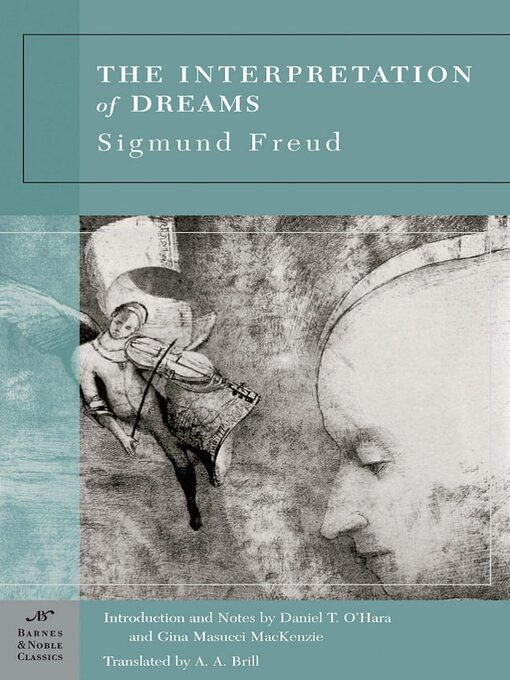Interpretation of Dreams, by Sigmund Freud, is part of the Barnes & Noble Classics series, which offers quality editions at affordable prices to the student and the general reader, including new scholarship, thoughtful design, and pages of carefully crafted extras. Here are some of the remarkable features of Barnes & Noble Classics:
Claiming he had discovered the "royal road to the unconscious," Sigmund Freud published The Interpretation of Dreams at the turn of the twentieth century, and thus laid the foundation for his innovative technique of psychoanalysis. Largely ignored at first, the book would eventually be considered Freud's most important work, one that, like Darwin's The Origin of Species, revolutionized the way human beings view themselves.
The raw material for The Interpretation of Dreams was provided by Freud himself. Spurred on by the death of his father, he began analyzing his own dreams, in the process recreating lost childhood memories and uncovering the roots of his own neuroses. He concluded that dreams were filled with latent meaning, their bizarre imagery and peculiar narratives concealing deep-seated, instinctual motives and desires. For example, his own problems stemmed from a repressed desire for his mother and hostility towards his father—the now-famous Oedipal complex. By revealing how the seemingly trivial nonsense of dreams reflect important personal issues in the dreamer's present and past life, Freud created a key that unlocked the vital secrets of the unconscious mind.
A fascinating and beautifully written book, The Interpretation of Dreams is an indefinable masterpiece that helped shape the mind of the twentieth century.
Daniel T. O'Hara is Professor of English and first holder of the Mellon Chair in Humanities at Temple University. He is the author of five books, most recently Empire Burlesque.

